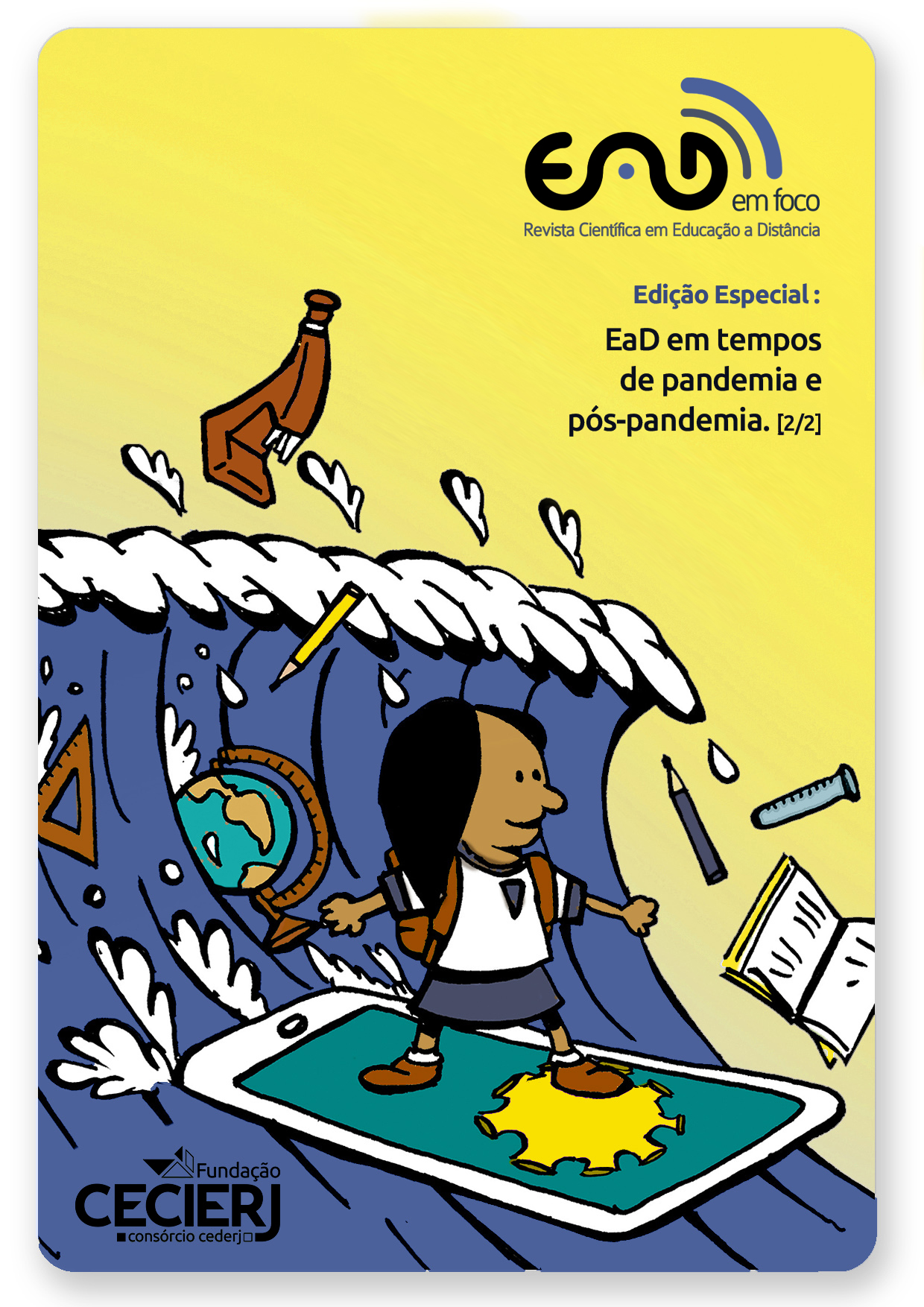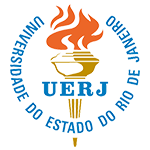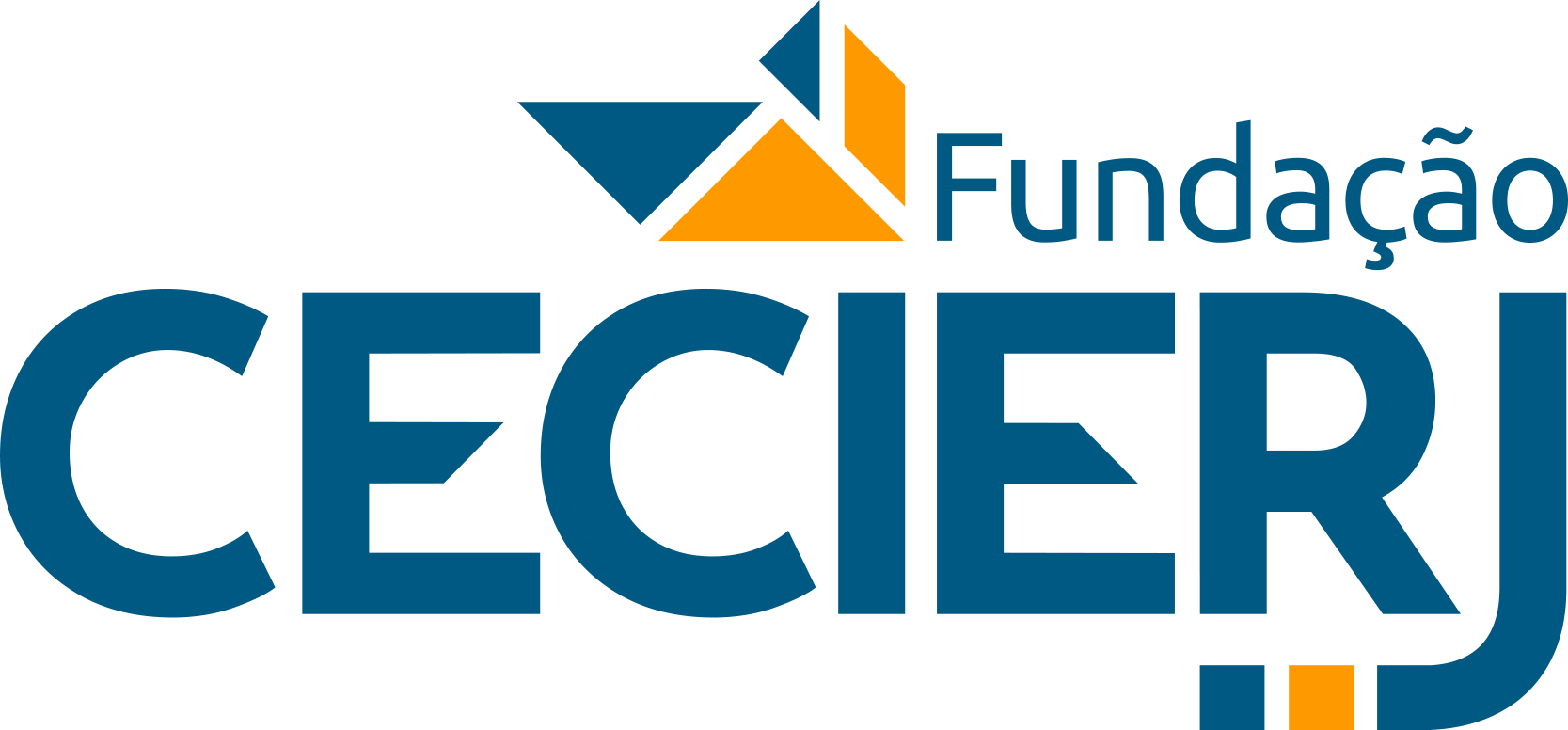Graduation Students' Perceptions on the Differences between Live and Virtual teaching
Abstract
This paper analyzed the perception from undergraduate students of the
live modality over the differences related to virtualized synchronous
teaching experienced throughout 2020. The investigation is both
qualitative and descriptive, and it occurred in an institution of High
Education in RS/Brazil. The data was collected through a questionnaire
organized in Google Forms, which was answered by 245 students.
Regarding students' perceptions, it was possible to determine that, in
virtualized teaching, it is not necessary to waste time traveling to the
institution to have classes: students can study in the comfort of their own
homes. There are, however, some issues, such as not finding an
appropriate place to study or not having access to a stable internet
connection. Virtualized synchronous classes make it possible for students
to learn from the comfort of their own homes. Educators become more
available to offer help by using digital resources. It also became easier for
other professionals to dialogue and share experiences with the students. It
was possible, as well, to learn how to make better use of digital resources.
However, in the questionnaire, students highlighted there is more
interaction with the lecturer in live teaching. Furthermore, the students
found it easier to concentrate during classes when being there in person.
Besides, according to the answers, the learning that occurs in practical
lessons is essential to professional training, and these cannot easily be
replaced in a virtualized environment. In conclusion, both virtual and live
teaching present positive aspects regarding the processes of learning and
teaching. Therefore, by using the best of what live and virtual teaching can
offer, hybrid teaching is a valid and possible way to perform High
Education.
Keywords: High education. Hybrid education. Virtual classes. Covid-19.
Downloads
References
BACICH, L.; TANZI NETO, A.; TREVISANI, F. de M. Ensino Híbrido: personalização na educação. In.: BACICH, L.; TANZI NETO, A.; TREVISANI, F. de M. Ensino Híbrido: personalização e tecnologia na educação. Porto Alegre: Penso, 2015. p. 47-65.
BOGDAN, R.; BIKLEN, S. Investigação qualitativa em educação: uma introdução í teoria e aos métodos. Porto: Porto Editora, 1994.
BRASIL. Portaria Nº 2.117, de 6 de dezembro de 2019. Dispõe sobre a oferta de carga horária na modalidade de Ensino a Distância - EaD em cursos de graduação presenciais ofertados por Instituições de Educação Superior - IES pertencentes ao Sistema Federal de Ensino. Disponível em: https://www.in.gov.br/en/web/dou/-/portaria-n-2.117-de-6-de-dezembro-de-2019-232670913. Acesso em: 03 de set. 2020.
______ Ministério da Educação. Portaria nº 544, de 16 de junho de 2020. Dispõe sobre a substituição das aulas presenciais por aulas em meios digitais, enquanto durar a situação de pandemia do novo coronavírus - COVID-19, e revoga as Portarias MEC nº 343, de 17 de março de 2020, nº 345, de 19 de março de 2020, e nº 473, de 12 de maio de 2020. Diário Oficial [da] União, ed. 114, seção 1, p. 62, Brasília, DF, 17 de jun. 2020.
COSTA, M. R. M.; SOUSA, J. C. Educação a Distância e Universidade Aberta do Brasil: reflexões e possibilidades para o futuro pós-pandemia. Revista Thema, vol. 18, edição especial Covid-19, p. 124-135. 2020. Disponível em: http://periodicos.ifsul.edu.br/index.php/thema/article/view/1832. Acesso em: 06 maio. 2021.
LE BRETON. D. Adeus ao corpo. 6 ed. Campinas, SP: Papirus, 2013.
LÉVY, P. O que é o virtual. 2 ed. São Paulo: 2011.
MORAES, R.; GALIAZZI, M. do C. Análise Textual Discursiva. 3 ed. Ijuí: UNIJUí, 2016.
SENNA, C. M. P. C.; MORAIS, S. P. de; ROSA, D. Z.; FERNANDEZ, A. A.; Metodologias ativas de aprendizagem: elaboração de roteiros de estudos em "salas sem paredes". In: BACICH, L.; MORAN, J. (Orgs.). Metodologias ativas para uma educação inovadora: uma abordagem teórico-prática. Porto Alegre: Penso, 2018. p. 220-236.
MORAN, J. M. Mudando a educação com metodologias ativas. In. SOUZA, C. A. de; MORALES, O. E. T. (Orgs.). Coleção Mídias Contemporâneas - Convergências Midiáticas, Educação e Cidadania: aproximações jovens. Vol. II. PG: Foca-Foto-PROEX/UEPG. 2015. p. 15-33. Disponível em: http://uepgfocafoto.wordpress.com. Acesso em: 05 mai. 2021.
______ Educação híbrida: um conceito-chave para a educação, hoje. In.: MORAN, J. Metodologias ativas para uma aprendizagem mais profunda. In.: BACICH, Lilian.; MORAN, José. (Orgs.). Metodologias ativas para uma educação inovadora: uma abordagem teórico-prática. Porto Alegre: Penso, 2018. p. 1-25.
NEUENFELDT, A. E. Produção de Vídeos Como Objetos Digitais de Ensino e de Aprendizagem Potencialmente Significativos (ODEAPSs) nas Ciências Exatas: limites e possibilidades. 2020. Monografia (Doutorado) – Curso de Ensino, Universidade do Vale do Taquari - Univates, Lajeado, 06 mar. 2020. Disponível em: http://hdl.handle.net/10737/2843. Acesso em: 22 nov. 2020.
NOGUEIRA, D. R.; LEAL, E. A.; MIRANDA, G. J.; CASA NOVA, S. P. de C. E agora, José? Metodologias em tempos de crise: ventos da mudança ou tsunami on-line. In: NOGUEIRA, D. R.; LEAL, E. A.; MIRANDA, G. J.; CASA NOVA, S. P. de C (Org.). Revolucionando a sala de aula: novas metodologias ainda mais ativas. 1. ed. v. 2. São Paulo: Atlas, 2020. p. 1-22.
SANTINELLO, J.; COSTA, M. L. F.; SANTOS, R. O; dos. A virtualização do Ensino Superior: reflexões sobre políticas públicas e Educação Híbrida. Educar em Revista. Curitiba. vol. 36, e76042, p. 1-20, dezembro, 2020. Disponível em: https://www.scielo.br/scielo.php?script=sci_arttext&pid=S0104-40602020000100603 Acesso em: 22 abr. 2021.
SANTOS, G. L. dos. Ensinar e aprender no meio virtual: rompendo paradigmas. Educação e Pesquisa, São Paulo, v. 37, n. 2, p. 307-320, agosto, 2011. Disponível em: http://www.scielo.br/scielo.php?script=sci_arttext&pid=S1517-97022011000200007&lng=en&nrm=iso. Acesso em: 13 fev. 2021.
VALENTE, J. A. A sala de aula invertida e a possibilidade do ensino personalizado: uma experiência com a graduação em midialogia. In: BACICH, L.; MORAN, J. (Orgs.). Metodologias ativas para uma educação inovadora: uma abordagem teórico-prática. Porto Alegre: Penso, 2018. p. 26-44.
WHO. Recomendações sobre o uso de máscaras no contexto da COVID-19. 5 de junho de 2020. World Health Organization. Disponível em: https://apps.who.int/iris/bitstream/handle/10665/332293/WHO-2019-nCov-IPC_Masks-2020.4-por.pdf. Acesso em: 5 jul. 2021.
Published
How to Cite
Issue
Section
License
All articles published in Revista EaD em Foco receive the license
Creative Commons - Atribuição 4.0 Internacional (CC BY 4.0).
All subsequent publications, complete or partial, must be made with the acknowledgment, in citations, of the Revista EaD em Foco as the original editor of the article.













